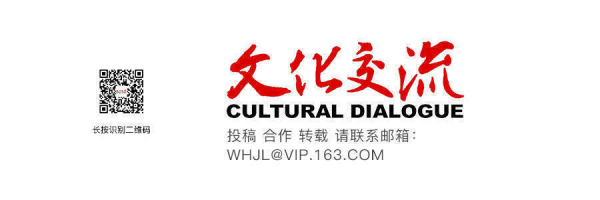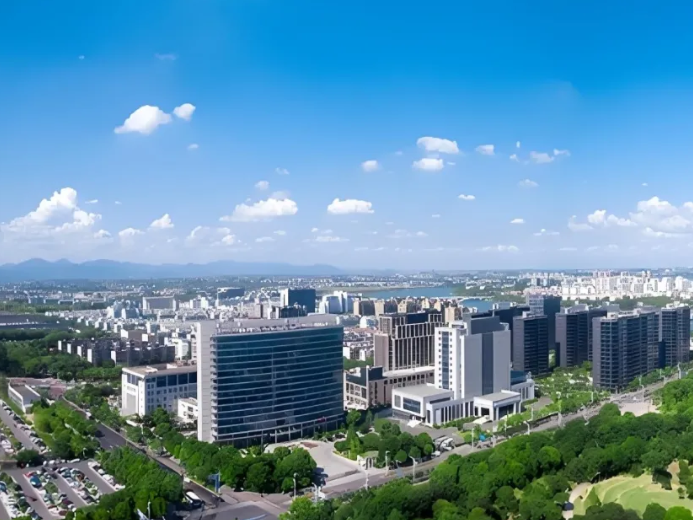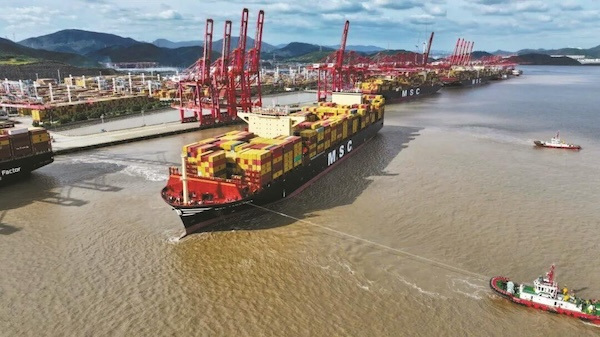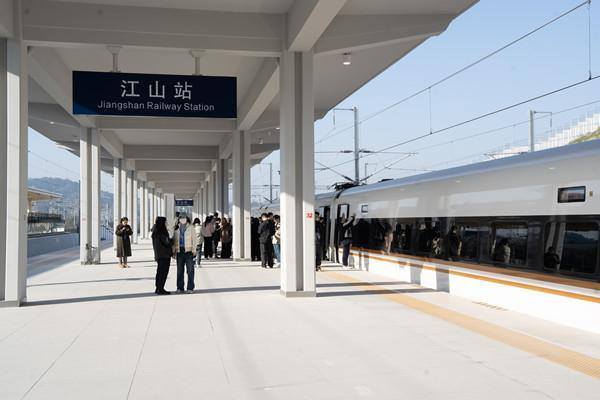With a long history and one of the ports of departure for China's ancient Maritime Silk Road, Ningbo is considered a “living fossil” of the Belt and Road, along with Quanzhou, Alexandria and other ancient ports. As early as 7,000 years ago, humans already settled here and created the splendid Hemudu Culture.
Situated in the middle of China's coastline, where the three rivers of Yao, Fenghua and Yong meet the sea, and adjacent to the Yangtze River Delta Economic Belt, Ningbo Zhoushan Port has a unique geographical advantage. In 1985, Beilun Port was opened up to the world. In 1 989, Ningbo Port was listed as an important deep-water port in China’s opening-up and cooperation with the world. In 2005, Ningbo-Zhoushan Port Management Committee was established, marking the beginning of the integration of Zhejiang ports. On September 29, 2015, Ningbo Port Group and Zhoushan Port Group were substantially restructured and integrated into the Ningbo Zhoushan Port Group.
From “Ningbo-Zhoushan Port” to “Ningbo Zhoushan Port”, the subtle change nevertheless reflects its long-term strategy, namely integration, coordination and cluster development. As one of the main hub ports in China, at present, Ningbo Zhoushan Port is the largest iron ore and crude oil transfer base, one of the biggest liquid chemical storage and transportation bases across the country and an important coal and grain storage and transportation base in East China.
Since Ningbo Zhoushan Port and the countries and regions along the Belt and Road have a strong economic complementarity, economic interactions between them provide new opportunities for Ningbo Zhoushan Port to expand new sources of goods and carry out new cooperation.

From 2014 to 2016, Belt and Road flight routes to and from Ningbo Zhoushan Port increased from 74 to 82, and annual flights increased from 3,780 to 4,412, annual container volume up from 8.38 million TEU to 9.08 million TEU. Of these, the number of routes in Southeast Asia grew from 20 to 28, covering major Southeast Asian countries such as Vietnam, Thailand, Myanmar and Malaysia, and becoming an important transit point for Southeast Asian countries to export international trade goods to Japan, R. O. Korea and North America.
After the Belt and Road Initiative was put forward in 2013, Ningbo Zhoushan Port achieved “three big goals in three years”. In 2014, its container throughput exceeded that of Busan Port in R.O. Korea and ranked fifth in the world. In 2015, its container throughput exceeded 20 million TEUs for the first time, surpassing Hong Kong and ranking fourth in the world. In 2016, its cargo throughput reached 922 million tons, the world’s largest for eight consecutive years and the world’s first port accomplishing such a feat; its container throughput reached 21.56 million TEUs, ranking among the world's top four and the first among the world’s top five in terms of growth rate. Of the 235 flight routes to and from Europe, the Middle East and Southeast Asia, 70% cover the Belt and Road countries and regions.
But Ningbo Zhoushan Port and Zhejiang never rest on their laurels. A major provincial conference in 2018 stipulated that Ningbo Zhoushan Port be built into an international hub port and fully integrated into the development of Belt and Road. Currently, Ningbo Zhoushan Port has established friendly relations with more than 20 ports along the Belt and Road, including Felixstowe Port in the United Kingdom, Marseille Port in France, Livorno Port in Italy, Gihon Port in Spain, Said Port in Egypt and Colombo Port in Sri Lanka, among others.





